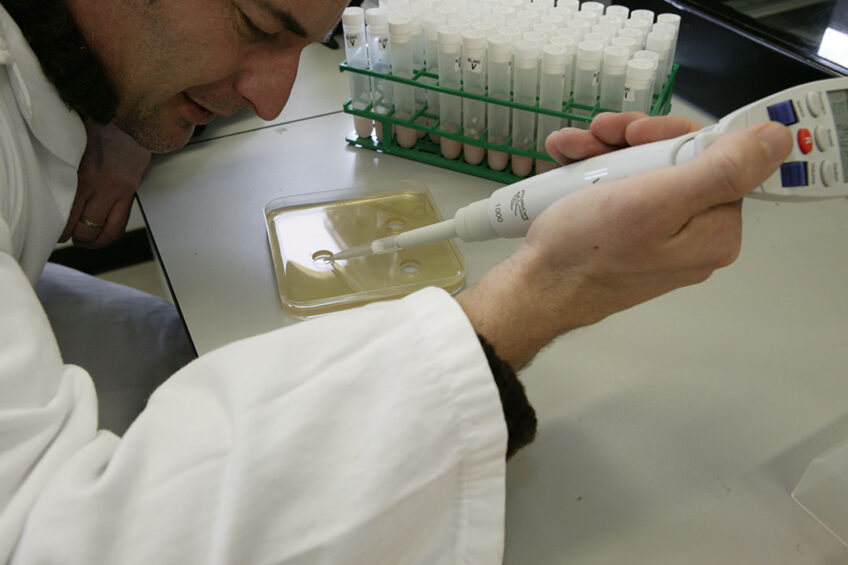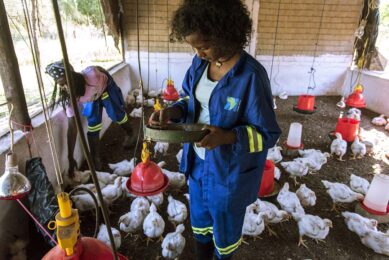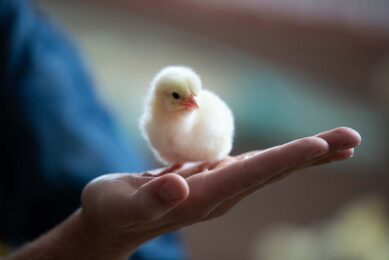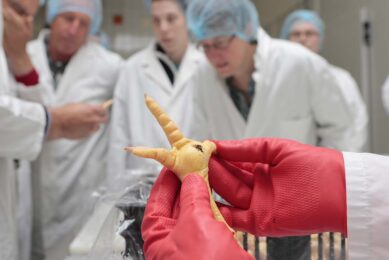Antimicrobial stewardship needs constant attention

Fluroquinolone resistance in campylobacter is currently at moderate levels across the UK, despite not being used in broiler meat production for the best part of 8 years. Further studies on the impact of antibiotic reduction strategies and how they impact the resistance of important organisms are needed, according to leading UK poultry vet, Daniel Parker.
“We need to understand why Fluroquinolone resistance still exists and how we can modify our reduction plans to change that. These are the sorts of questions we need to look at,” Parker told a recent Responsible Use of Medicines in Agriculture (RUMA) Alliance Society for Applied Microbiology webinar.
Parker, RUMA Independent Scientific Group member, said the British Poultry Council had established a Stewardship group in 2011 in the light of growing antimicrobial resistance levels, fluroquinolone resistance in foodborne organisms – campylobacter and salmonella – and some government interventions in parts of Europe.
”…understand what was being used so that a level of self-benchmarking could be achieved.”
The poultry meat sector was also under attack from the media and NGOs and there was also a lack of data. As a result, the collection of antibiotic usage data was shared with British Poultry Council members to understand what was being used so that a level of self-benchmarking could be achieved. It had to be pre-competitive, he said. “We didn’t want this to be a competitive situation where retailers and food service sectors potentially could use antibiotic use as a lever on purchasing. This has happened in the US and has been very negative for the industry.”
Significant reduction in antibiotic sales
In terms of achievements, Parker said antibiotic sales have reduced significantly. Total antibiotic sales in 2012 amounted to 464 tonnes sold into all animal species with 396 tonnes going into food-producing animals with 20% of that going into chickens (82 tonnes). By 2019, there had been major reductions. Antibiotic sales in food-producing animals had fallen to 179.3 tonnes and with just 19.7 tonnes (or 10%) going into poultry meat. It was important to note, he said, that 52-68 tonnes of active ingredients are going into the pets and horse sectors.
How does the US layer industry manage without antibiotics?
The tipping point for poultry has potentially been reached. A recent survey revealed that 43% of consumers ‘always’ or ‘often’ buy poultry raised without antibiotics. Read more…
Looking at the Population Correction Unit (PCU), Parker said mg/PCU chicken levels had fallen from 48mg/PCU to just 17mg/PCU in 2019, although this had risen from a nadir of 9.5mg/PCU in 2017. However, he believed the figure had stabilised after a sharp decline. The turkey sector has seen levels fall from 219.5mg/PCU in 2014 to 42mg/PCU in 2019. In the last 7 years there had been a 97% reduction in ‘Critically Important Antibiotics’ (fluroquinolones, cephalosporins, macrolides and colistin) in the UK.
“Medicines important for animal welfare”
But the UK did not want to get to a ‘no antibiotic ever’ approach, unlike in the US. Medicines were important for animal welfare, he said, adding that it was vital to preserve the limited armoury of antibiotics still available in the poultry sector – far fewer than those available for use in pets and humans.
The UK has halved its sales of antibiotics for farm animals since 2014.
Cat McLaughlin, RUMA chair of farm animals, said the UK had halved its sales of antibiotics for farm animals since 2014 and now had the fifth lowest level of sales in Europe – after Norway, Sweden, Finland and Iceland – which had very different production systems and climate from the UK.
Antibiotic reduction in EU progressing at different speeds
The global livestock sector has made great steps towards antibiotic reduction but regional approaches differ, even in countries under the same general regime. Read more…
McLaughlin said sales of highest priority, critically important antibiotics for UK farm animal had also fallen since 2014 and sales of colistin were virtually nil. “Less than 30% of the UK’s antibiotics are used to treat disease in farm animals, and that’s despite more than 1 billion farm animals being reared every year. Levels of antibiotic resistance found through government monitoring and surveillance and are also stabilising and falling in response to reductions in use and we’ve achieved all of this through voluntary industry action, facilitated by RUMA in collaboration with government agencies and using industry targets,” she told the joint RUMA/Society for Applied Microbiology webinar.
Join 31,000+ subscribers
Subscribe to our newsletter to stay updated about all the need-to-know content in the poultry sector, three times a week. Beheer
Beheer








 WP Admin
WP Admin  Bewerk bericht
Bewerk bericht